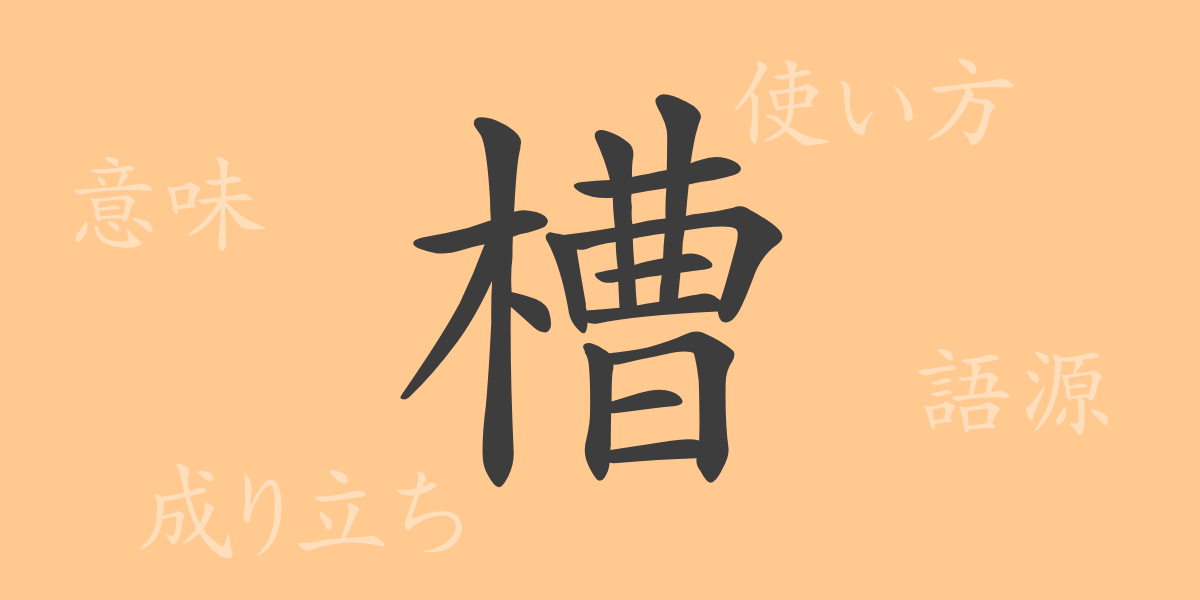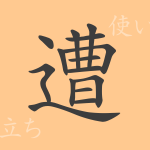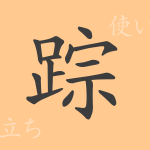In the rich tapestry of Japanese written culture, common Kanji deeply anchor into our daily lives. One such character, ‘槽’ (そう – sō), may not seem familiar at a glance but relates to various aspects of our lives in multiple ways. This article explores the origins, meanings, and usages of ‘槽’, as well as phrases and idioms involving this Kanji, unveiling its charm.
Origins of 槽 (そう – Sō)
The Kanji ‘槽’ originated in ancient China as a pictograph representing a container carved from wood, used for storing liquids or grains. This functional origin has shaped the character into symbolizing ‘containers’, reflecting its form and function throughout its history.
Meaning and Usage of 槽 (そう – Sō)
‘槽’ primarily refers to a deep container used for holding water or other liquids. Metaphorically, it also denotes keeping things within a defined framework or referring to a specific context or situation, such as a ‘data pool’ (データ槽).
Readings, Stroke Count, and Radical of 槽 (そう – Sō)
The structural and phonetic details of ‘槽’ are crucial for understanding and writing this Kanji correctly.
- Readings: On’yomi (音読み) ‘ソウ’ (Sō), Kun’yomi (訓読み) ‘ふね’ (fune).
- Stroke Count: ‘槽’ consists of 16 strokes.
- Radical: Its radical is ‘木’ (きへん – kihen), related to wood.
Phrases and Idioms Using 槽 (そう – Sō) and Their Meanings
Various idioms and phrases that include ‘槽’ reflect long-standing cultural and practical wisdom:
- 槽橋 (そうきょう – sōkyō): A bridge in a brewery used for transporting materials to vats.
- 槽中の鯉 (そうちゅうのこい – sōchū no koi): A proverb meaning ‘like a carp in a tub’, used to describe being in a situation with no escape.
- 風呂槽 (ふろぶね – furobune): A bathtub, literally a ‘bath boat’ used to hold bath water.
Conclusion on 槽 (そう – Sō)
The Kanji ‘槽’, while primarily signifying a container, plays diverse roles in Japanese life and culture through its various forms and uses. The idioms and phrases derived from its shape and purpose reflect the lifestyles and thoughts of the Japanese people. Understanding these contexts enriches our comprehension of each Kanji’s meaning and history, offering deeper insights into Japanese language and culture.

























